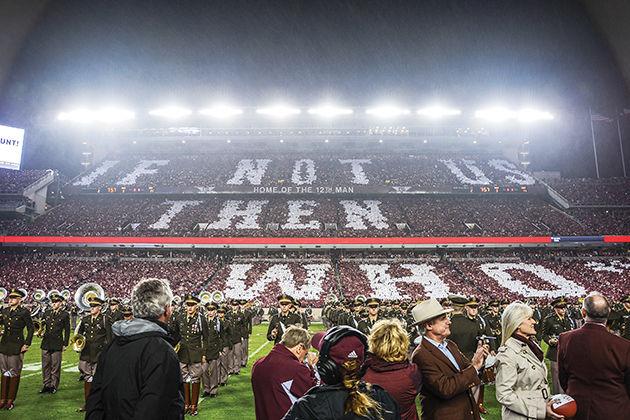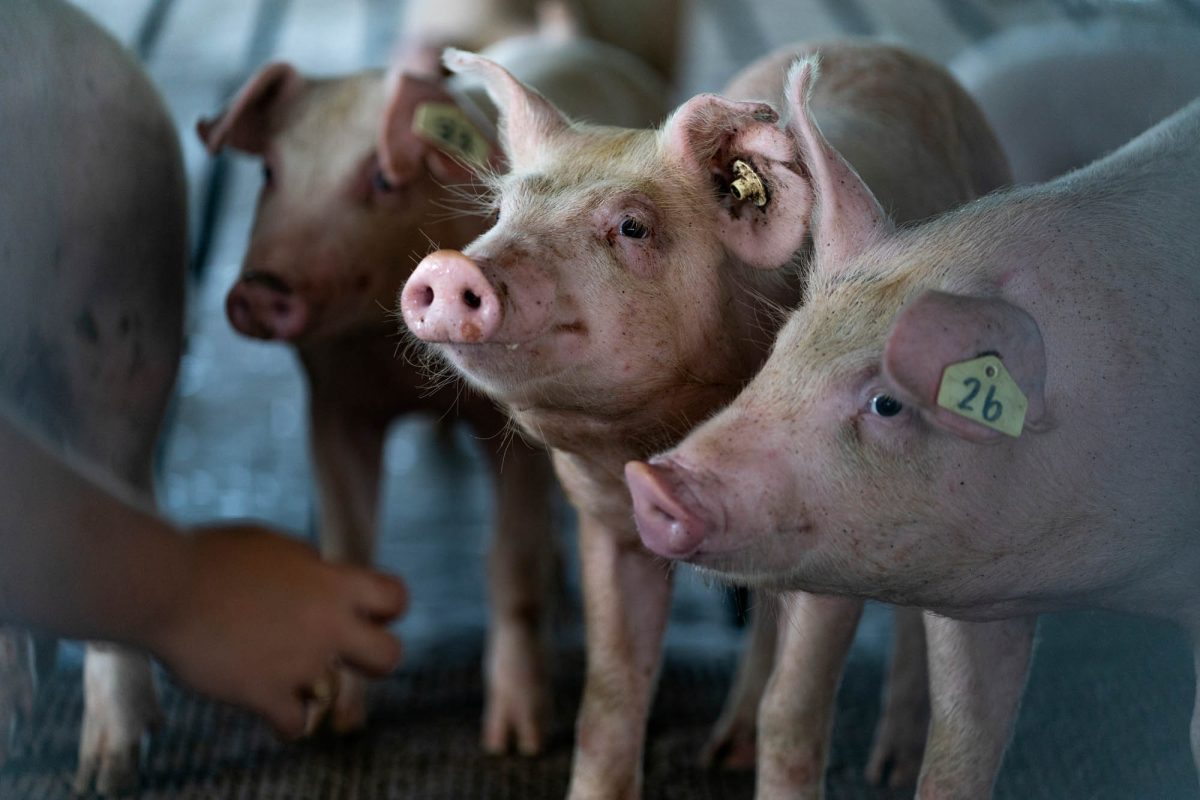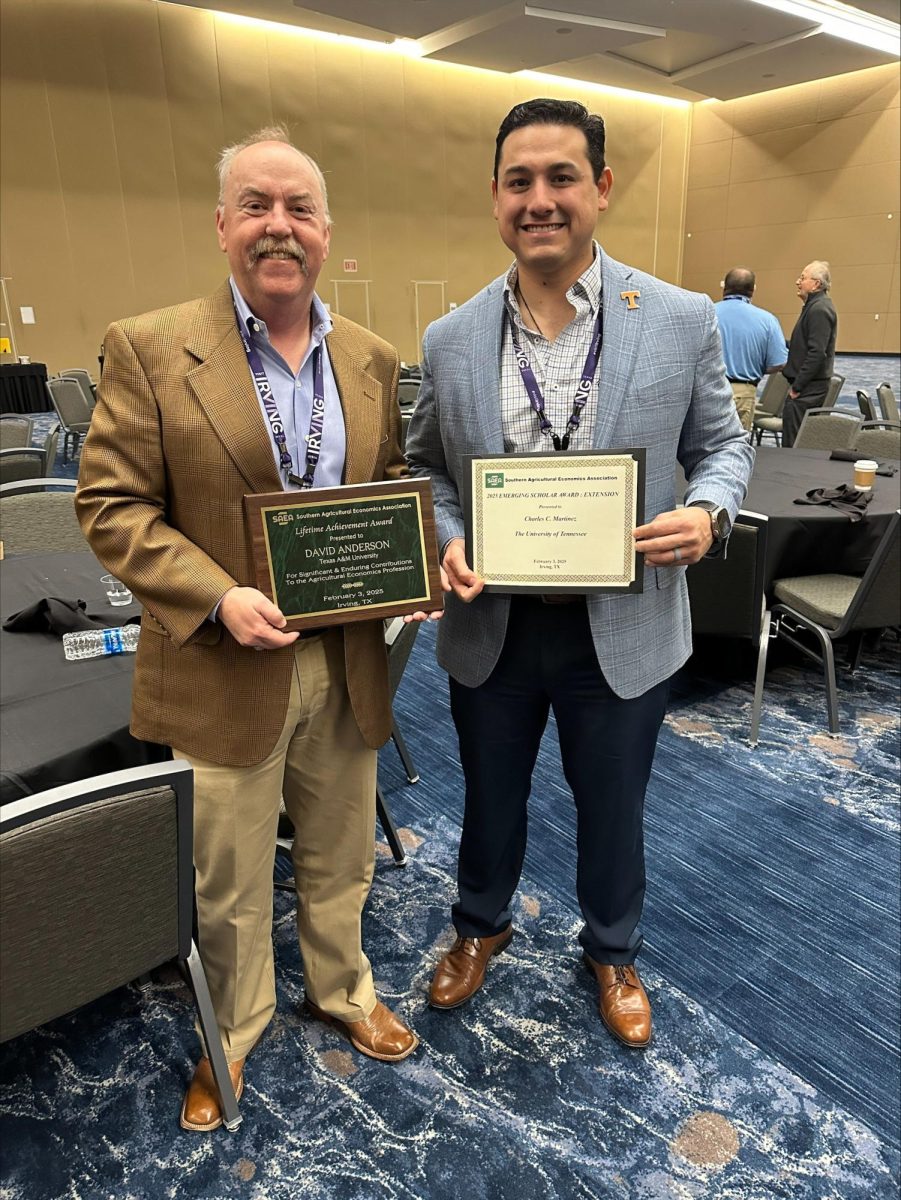With the hire of Kevin Sumlin, the move into the SEC and the phenomenon of Johnny Manziel, Texas A&M — and College Station with it — has seen rising revenues from the football program.
Eric Hyman, the Texas A&M Athletics director, said each home game at Kyle Field may bring in upwards of $5.5 million in ticket sales and concessions.
Hyman said $500,000 to $750,000 comes from concessions and that this number fluxuates depending on the weather and team.
Jeff Toole, the Texas A&M Athletics chief financial officer, said approximately $946,000 of the $5.5 million game revenue comes from student ticket sales.
Besides the individual home games, Texas A&M Athletics receives football-related revenue from several other sources. Toole said of the approximated $32 million they expect to receive in donations through the 12th Man Foundation in the 2016 fiscal year, $26.6 million can be attributed to being football related.
While it can’t be considered exclusively football related, Hyman said Texas A&M Athletics also receives $5-6 million each year in revenue from a multimedia rights payment through Learfield Sports, who’s in charge of the Texas A&M Sports Network radio broadcast and setting up advertising partners.
Another significant source of revenue for Texas A&M Athletics is the SEC conference share, which totals around $30 million, but also isn’t exclusively for football.
Last year, Toole said the athletics program reported approximately $62.2 million in football-related revenues in the Equity in Athletics Disclosure Act report, dating from Sept. 1, 2014 through Aug. 31, 2015. Schools that participate in federal student aid programs and have intercollegiate athletics programs are required to submit athletics data annually because of the EADA.
According to the Texas A&M Athletics EADA report, football-related revenues exceeded expenses by $36.5 million.
“Any profits that the Athletic Department may generate in any given year are added to our reserve account to be available to cover future maintenance and capital expenditure needs as they arise,” Toole said.
Hyman said the Athletic Department is ‘self-generating,’ in that it doesn’t receive any state money.
“We receive no state money, and if I’m not mistaken, there are very few in the SEC that doesn’t receive some kind of state money,” Hyman said. “We don’t get any. And what I mean — like student fees — that’s what I’m talking about.”
Kyle Field and A&M aren’t the only businesses benefiting from football. According to a 2014 report, it was estimated there was $504.8 million destination spending in Bryan-College Station.
The report, prepared for the Office of the Governor by Dean Runyan Associates, estimated $271.5 million went towards hotels and motels in B-CS.
Shannon Overby, the president and CEO of the Bryan-College Station Convention and Visitors Bureau, said the convention and visitors bureau commissioned an Oxford Economics report in 2011 — which found the local economy would lose $86 million without a Texas A&M football season.
“I can tell you it makes a very large impact on our community, not just in our hotels, but in our restaurants and liquors stores, convenience stores, that sort of thing,” Overby said.
Trevor Gambrell, director of sales and marketing at The Hilton College Station, said the majority of home football game weekends are sellouts.
“We are able to sell out, typically, a few months out from the event, and so there’s obviously a higher demand during the more competitive team weekends, so the weekends for the SEC home games are going to have some of the highest demand with some of the nonconference games having just a little bit less,” Gambrell said.
The business of football
November 9, 2015
0
Donate to The Battalion
$2790
$5000
Contributed
Our Goal
Your donation will support the student journalists of Texas A&M University - College Station. Your contribution will allow us to purchase equipment and cover our annual website hosting costs, in addition to paying freelance staffers for their work, travel costs for coverage and more!
More to Discover










